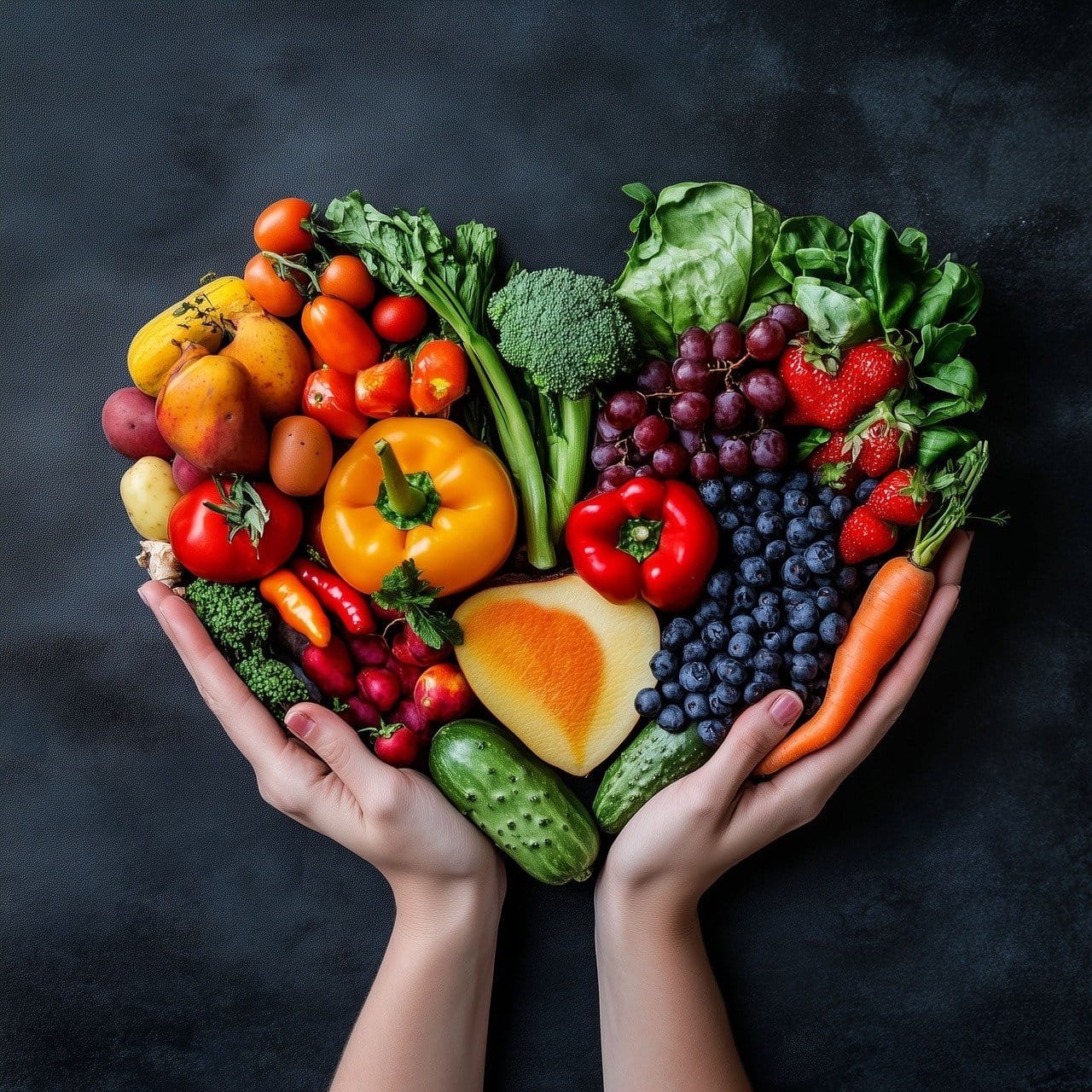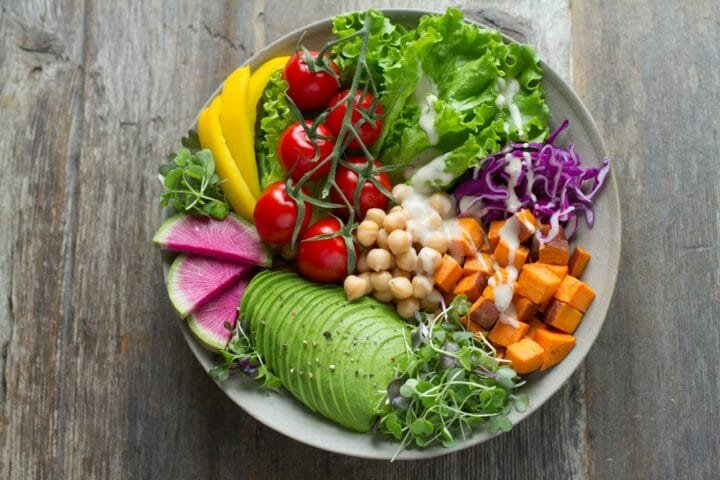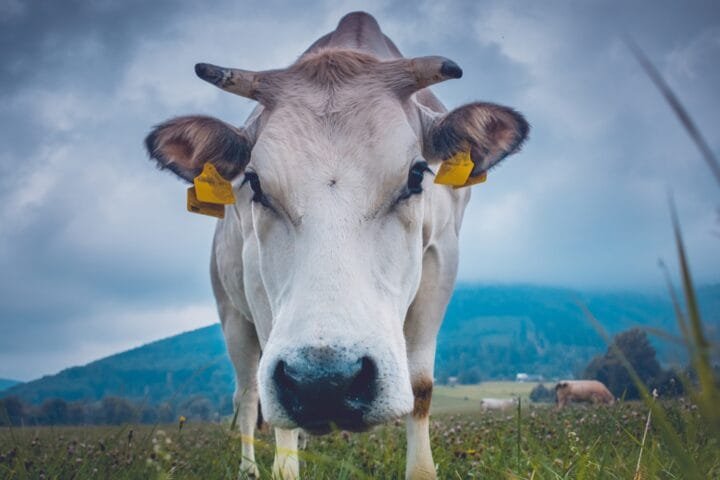From NutritionFacts.org
- Plant-based diets are better for the environment: Plant-based foods have a significantly lower carbon footprint and require less land, water, fuel, fertilizer, and pesticides compared to animal-based foods. For example, substituting beans for beef at the national level could deliver up to 75% of the 2020 GHG reduction target.
- Animal products are a significant contributor to greenhouse gas emissions: Animal products, including dairy, eggs, fish, and meat, release significantly more greenhouse gas per serving than foods from plants. For example, eating chicken causes about five times the global warming than tropical fruit.
- Small changes can make a big impact: Making small changes to our diets, such as halving the consumption of meat, dairy products, and eggs, can achieve significant reductions in greenhouse gas emissions, nitrogen emissions, and cropland use. Additionally, skipping meat just on weekdays could conserve thousands of gallons of water a week and cut daily carbon footprint and total ecological footprint by about 40%.
- Labeling can help consumers make informed choices: Labeling food products with their environmental impacts, such as carbon footprint, could help consumers make informed choices about their diet and reduce their environmental impact.
- Government policies and subsidies can influence dietary choices: Government policies and subsidies can influence dietary choices and shape the food system. For example, the Chinese government has outlined a plan to reduce its citizens’ meat consumption by 50%, while many countries continue to subsidize the meat, dairy, and egg industries.
Key passage:
In general, “plant-based foods cause fewer adverse environmental effects” by nearly any measure. In terms of carbon footprint, all the foods that are the equivalent of driving more than a mile (1.6 km) per 4 ounces (113 g) served are animal products, as you can see below and at 1:44 in my video Which Foods Have the Lowest Carbon Footprint?.

Below and at 2:05 in my video, you can see the greenhouse gas emissions from various foods. Even though something like a lamb chop or farmed fish may be the worst, eating chicken causes about five times the global warming than tropical fruit, for instance. What are the climate superstars? Legumes—beans, split peas, chickpeas, and lentils.

Read the full post at NutritionFacts.org.





